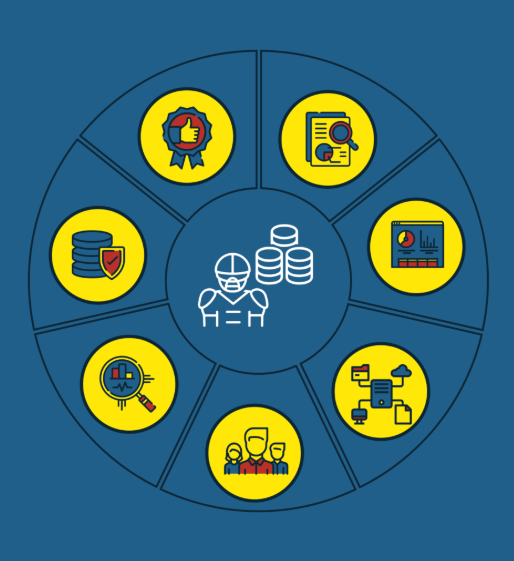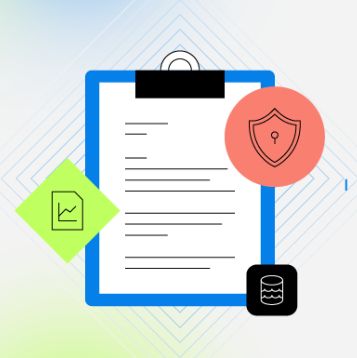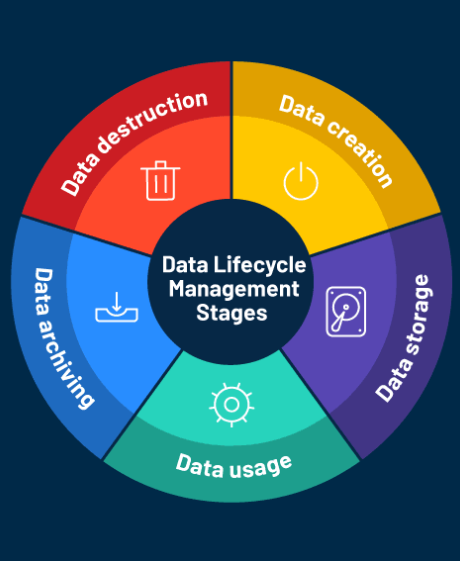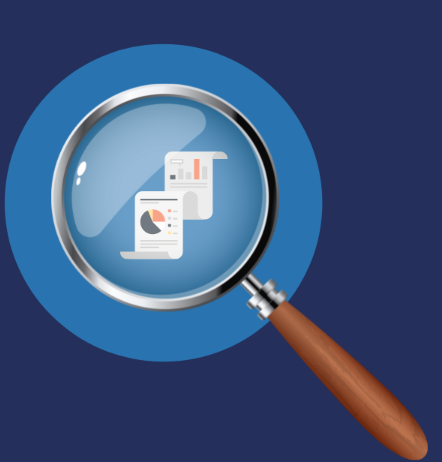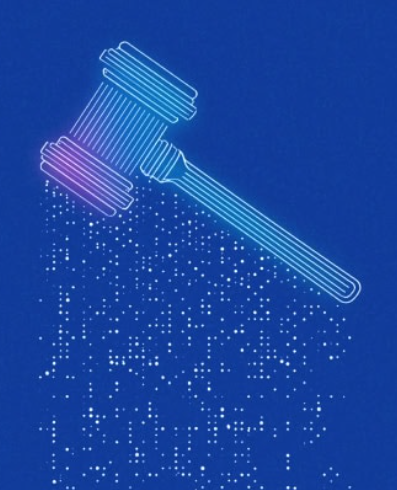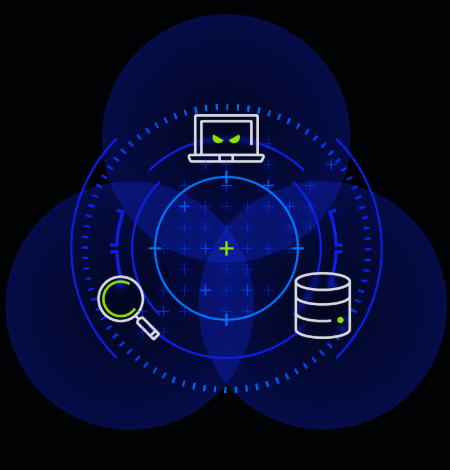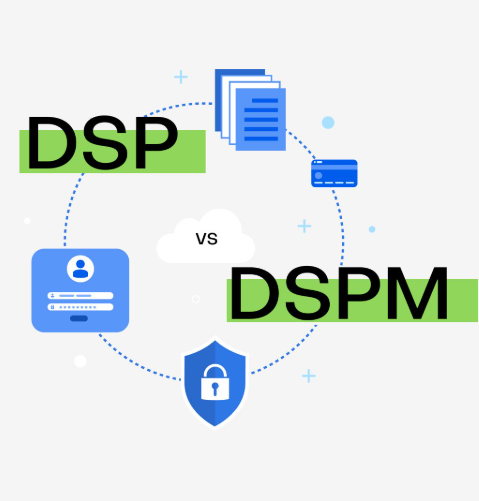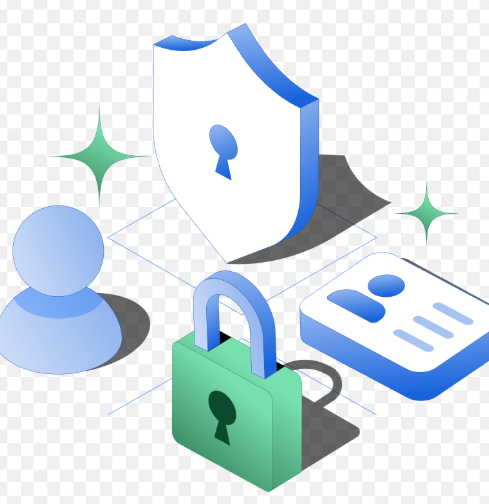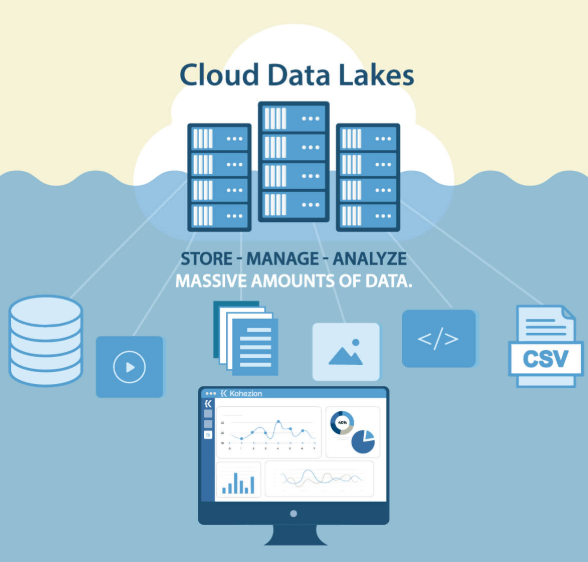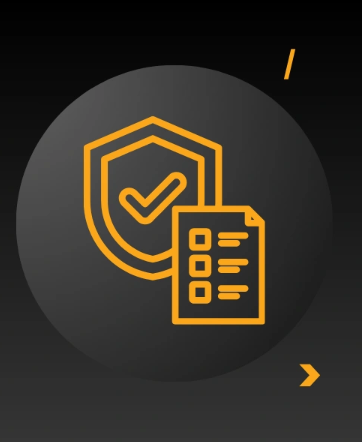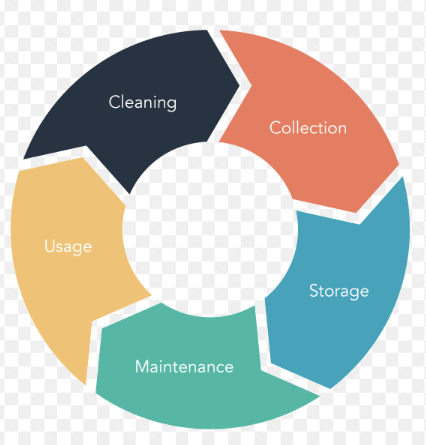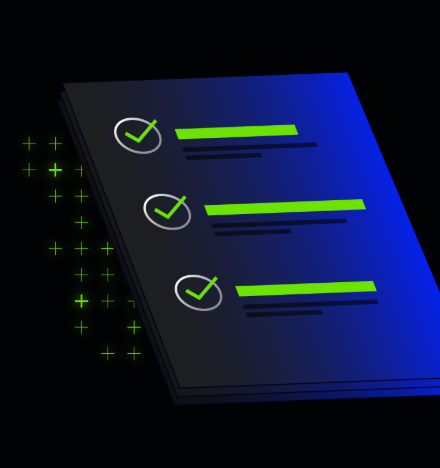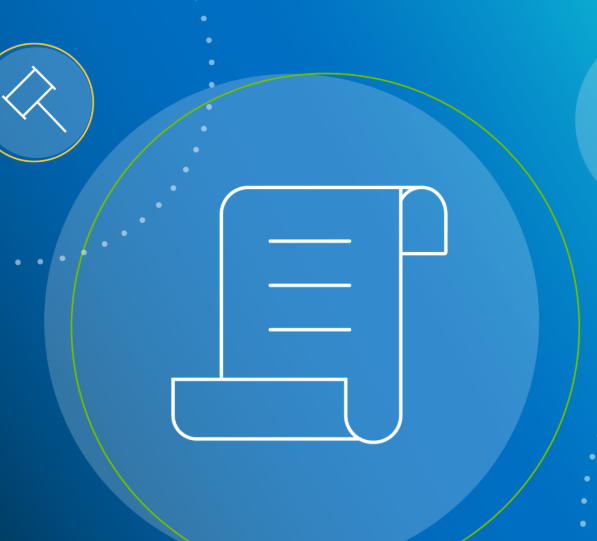
In today’s data-driven world, building an effective data governance program is essential for managing data assets and ensuring their value. A well-designed program enhances data accuracy, protects security, ensures compliance with regulations, and facilitates informed decision-making. Let’s explore how you can create a robust data governance framework that supports your organization’s goals and promotes a culture of data stewardship.
What is a Data Governance Program?
A data governance program is a structured approach that an organization uses to manage and protect its data. It involves setting policies, procedures, and standards that govern how data is handled throughout its lifecycle—from collection to storage, usage, and eventual disposal. By defining roles and responsibilities, a data governance program ensures that all stakeholders understand their responsibilities in maintaining data integrity, security, and compliance.
An effective data governance program also emphasizes the value of data, helping organizations improve decision-making and achieve business objectives while ensuring compliance with regulations.
Key Steps to Building Your Data Governance Program
Creating a successful data governance program requires careful planning, collaboration, and continuous oversight. Here’s a breakdown of the essential steps to follow when building your program:
1. Gain Leadership Support
To start, it’s crucial to gain buy-in from the leadership team. Identifying key leaders within your organization who can champion the data governance initiative is essential for its success. Leaders such as the Chief Data Officer (CDO) and other executives will guide the program’s development, making decisions, setting priorities, and ensuring alignment with organizational goals. Their involvement ensures that the importance of data governance is communicated effectively across all departments.
2. Define Your Vision
Next, outline a clear vision for your data governance program. This vision should align with the overall goals of the organization and focus on key areas such as data quality, security, and regulatory compliance. A well-articulated vision helps unite stakeholders around a common goal and underscores the strategic value of data governance. Communicating this vision across the organization fosters a data-driven culture and supports the long-term success of the program.
3. Assess Your Data
A critical step in building a data governance program is to evaluate the data available within your organization. This involves identifying different types of data—such as customer, financial, and operational data—and understanding their sources, structure, and relevance. Categorizing your data makes it easier to apply governance policies and ensures that data is appropriately managed. Additionally, assessing data quality and consistency at this stage helps uncover potential issues that need addressing.
4. Establish Data Controls
Data controls are essential for ensuring data accuracy, privacy, and compliance. These controls should be integrated into every phase of the data lifecycle, from creation to destruction. Implementing validation checks, encryption for privacy, and audit trails helps safeguard data and ensure that it remains trustworthy and secure. It’s also important to align these controls with regulatory and risk management requirements, which further strengthens data protection efforts.
5. Develop Processes and Policies
Clear processes and policies are the backbone of any data governance program. You need to create standardized procedures for handling data—this includes its collection, storage, processing, sharing, and disposal. Well-defined policies provide guidelines for data privacy, protection, and usage, ensuring that data is consistently managed across the organization. These policies should be easy to understand and accessible, making it easier to maintain accountability and ensure compliance.
6. Assign Roles and Responsibilities
A successful data governance program requires clearly defined roles and responsibilities. Identify key personnel such as data owners, stewards, custodians, and users. Each role has specific duties related to maintaining data quality and security. Data owners are responsible for ensuring the integrity of data, while custodians handle the technical aspects, and stewards enforce governance policies. Users must adhere to established guidelines. Clearly defining these roles helps streamline the governance process and ensures comprehensive coverage.
7. Create a Roadmap
Develop a detailed roadmap to guide the implementation of your data governance program. This roadmap should outline key milestones, timelines, and the resources required for each phase of the program. Set both short-term and long-term goals, and create specific strategies for achieving them. The roadmap should also incorporate change management strategies, addressing the cultural, process, and technological shifts that may occur as the program is implemented. A well-structured roadmap helps track progress and keeps the program on course.
8. Roll Out and Maintain Your Program
The final step is the program’s rollout. Start by implementing your data governance policies, processes, and controls. Training employees and stakeholders on their roles and responsibilities is essential to ensure the program’s success. Consider beginning with a pilot program targeting a specific department or data set to identify any challenges and make adjustments before expanding it organization-wide.
Ongoing monitoring and refinement are crucial for sustaining the program. Regular audits help ensure compliance, while continuous assessment of data quality ensures that the program remains effective. Feedback from stakeholders should be encouraged, and adjustments should be made as needed to adapt to changing organizational needs or data requirements. A sustainable program is one that can evolve and improve over time.
Conclusion
Building a data governance program is a strategic initiative that requires careful planning, leadership support, and a commitment to continuous improvement. By following these steps and creating a solid foundation, your organization can ensure that its data is accurate, secure, and compliant with regulations. With the right data governance framework in place, you’ll empower your teams to make data-driven decisions, boost operational efficiency, and ultimately enhance business outcomes.







